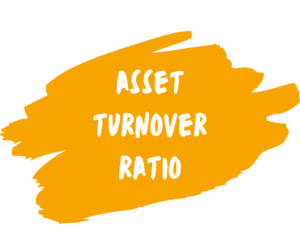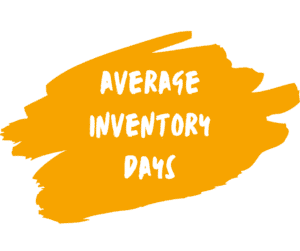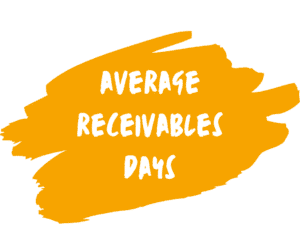KPI Knowledgebase
We’ve brought our KPI knowledgebase into one place. Here, we document all of the KPIs found in Jazoodle, and tell you what they are, how we calculate them, and what you can do to improve them in your business. We’re also teaming up with our friends at CATS Accountants to bring you even more content


Search Knowledgbase
Or Click A Post
- All
- Efficiency KPI
- KPI
- Liquidity KPI
- Profitability KPI
- Strategic KPI









